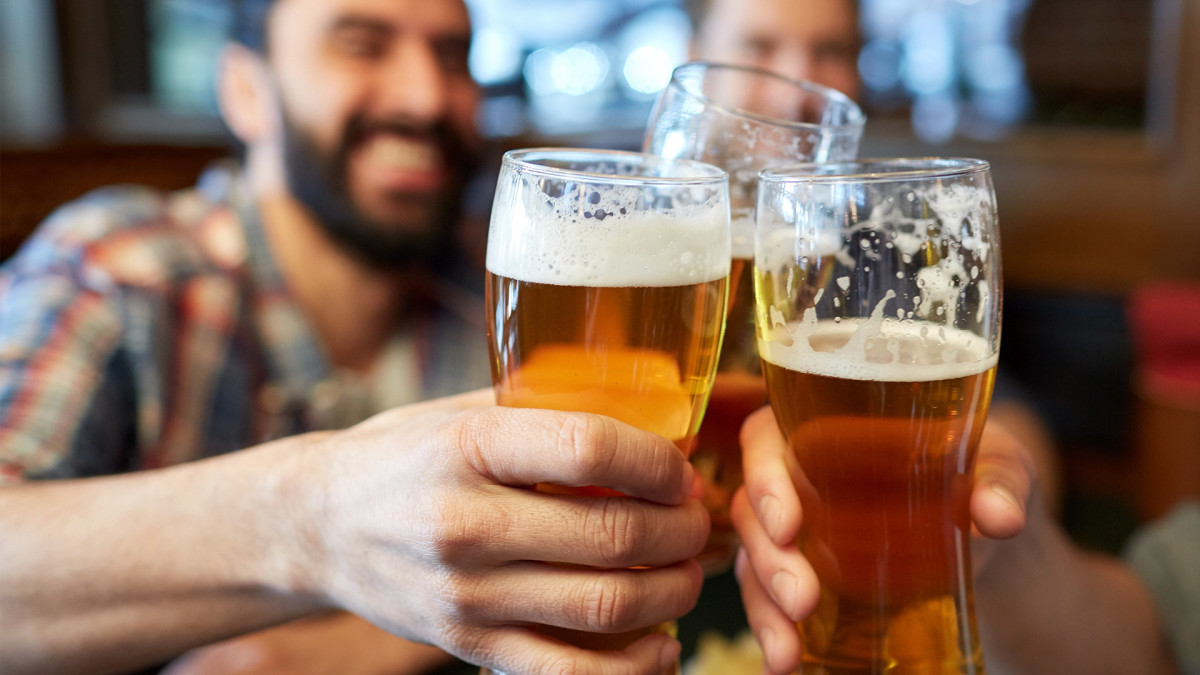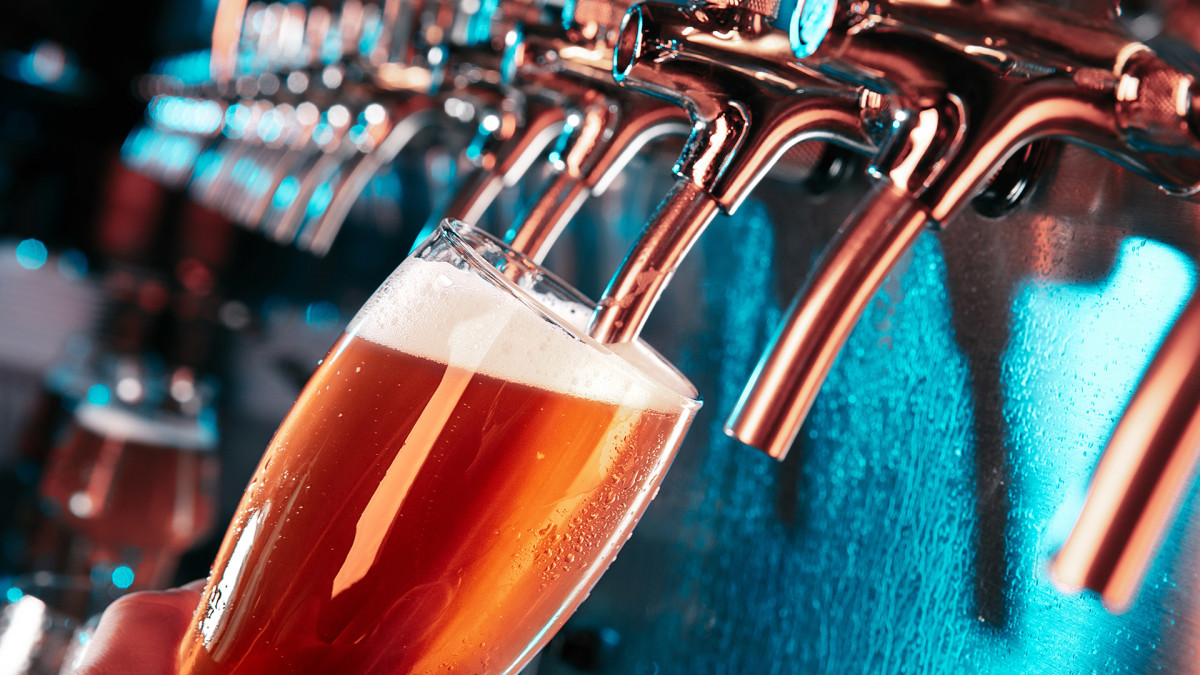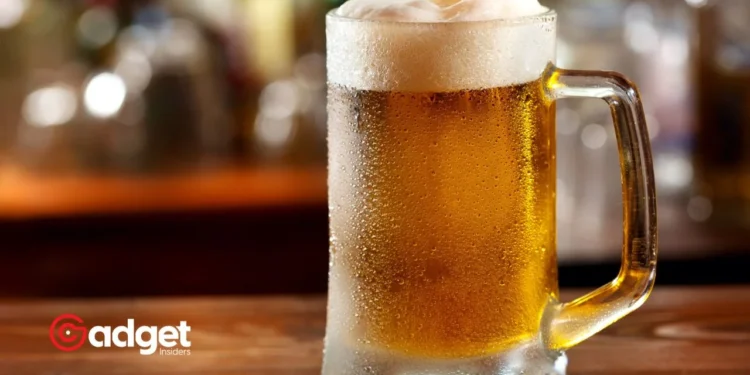In recent times, the Breweries has been navigating through stormy waters, marked by a series of high-profile bankruptcies and a noticeable shift in consumer preferences. The once-unshakable foundation of the beer world is showing cracks, as traditional breweries face unprecedented challenges.
This article aims to unpack the complex narrative surrounding these developments, shedding light on the factors contributing to the current state of the beer industry and what the future might hold.

The Political Pint: How Controversy and Consumer Habits are Reshaping Beer Consumption
The beer industry has traditionally been associated with leisure and enjoyment, but recent events have cast a shadow over this laid-back image. The Bud Light controversy is a prime example of how political issues can unexpectedly thrust a beer brand into the national spotlight, influencing consumer perceptions and drinking habits.
This incident underscores the growing complexities of marketing and selling beer in today’s highly polarized environment. Moreover, the decline in beer consumption, especially among younger demographics, signals a significant shift in alcoholic beverage preferences.
The rise of hard seltzers and canned cocktails, with major companies like Coca-Cola entering the fray with boozy versions of Topo Chico seltzer and a Jack Daniels and Coke ready-to-drink can, illustrates the evolving landscape. These alternatives are gaining traction, particularly with younger drinkers, leading to a crowded marketplace where beer is no longer the default choice.
Beloved beer brand liquidated after Chapter 11 bankruptcy filinghttps://t.co/ekdKZk6RwQ
— Bernadette F. Hill (@BernadetteHill0) February 23, 2024
A Sobering Reality: The Decline of Beer Popularity and Its Impact on the Industry
The Beer Marketing Industry’s annual report paints a grim picture of the current state of beer consumption. With beer shipments falling by 5% in the first three quarters of 2023 and projected to dip below 200 million barrels for the year, the industry is experiencing its lowest levels of consumption since 1999.
This downturn is particularly alarming when considering the 23% population growth since the turn of the millennium. The declining popularity of beer, amidst growing competition and changing consumer preferences, is a clear indicator of the challenges facing the industry.
The Fall of Craft Breweries: A Wave of Bankruptcies Hits the Beer World
The craft beer sector, once booming, has been hit hard by a combination of factors. The COVID-19 pandemic forced many breweries to shut down temporarily, leading to substantial debt burdens that have proven insurmountable for some.
Iconic names such as San Francisco’s Anchor Brewing and other regional favorites have succumbed to bankruptcy, highlighting the precarious nature of the craft beer business in the current climate.
The recent Chapter 11 bankruptcy filing by 7 Mile Brewery of Rio Grande, NJ, is a testament to the ongoing struggles within the industry. Despite a heartfelt farewell on its Facebook page, the brewery’s closure and subsequent bankruptcy filing reflect the harsh realities facing many craft brewers today.
With liabilities far outweighing assets, the future for many of these breweries remains uncertain.
The Ripple Effect: From Local Breweries to National Chains
The bankruptcy wave is not confined to individual breweries alone. Retail chains such as Craft Beer Cellar have also been forced to file for Chapter 7 bankruptcy, illustrating the wider impact of the industry’s downturn on related businesses.
These closures and bankruptcies serve as a stark reminder of the financial distress permeating the beer industry, from local craft breweries to national retail chains.

Looking Ahead: The Future of Beer in a Changing Market
As the beer industry grapples with these challenges, the path forward remains uncertain. The shifting consumer preferences and the rise of alternative alcoholic beverages are forcing breweries to rethink their strategies.
Adapting to this new landscape will require innovation, resilience, and perhaps a redefinition of what beer can be in the 21st century. The industry’s ability to navigate these turbulent waters will ultimately determine its future, as it seeks to regain its footing in a rapidly evolving market.
The beer industry is at a crossroads, facing unprecedented challenges that are reshaping its future. As consumer preferences evolve and new players enter the market, traditional breweries must adapt or risk being left behind.
The coming years will be critical in determining whether beer can reclaim its place as a staple of leisure and enjoyment, or if it will continue to face decline in the face of changing tastes and competition.










